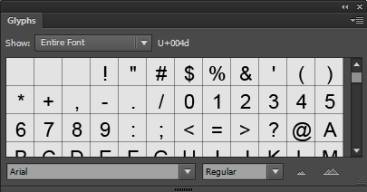

TrueType and OpenType fonts can contain over 65,000 glyphs, but there are no standards for what a font might contain. PostScript Type 1 fonts contained only 228 printable glyphs, but almost all text faces conveniently contained the same glyphs.

This also explains Adobe InDesign’s and Adobe Illustrator’s Glyphs palette’s curious name.įinding the glyphs you want is a headache because today’s fonts have no standard glyph set. So now when we talk about what’s inside a font, we talk glyph sets, not character sets. No matter what computer system character 0045 appears on, it’s always a recognizable E. So Unicode’s number for an E (0045) is the same for an italic E, a swash E, or an engraved E. Unicode distinguishes between characters (a capital E, for example) and the symbols, or glyphs, that represent them. Unicode assigns unique numbers to more than 100,000 characters used for typesetting the world’s languages. Cross-platform, cross-border communications were nightmarish.

Fonts for non-Western languages used the same numbers for other characters. Before Unicode, Mac OS used one numbering scheme and Windows used another. The distinction between the terms “character” and “glyph” became important when Unicode was adopted by Apple, Microsoft, and the world’s font vendors to identify all the characters in a font. Because today we no longer talk about characters, we talk about glyphs.
#ACCESS DIFFERENT GLYPHS IN ILLUSTRATOR HOW TO#
This inaugural column about type addresses a basic subject: how to find the characters you want in the fonts you have.


 0 kommentar(er)
0 kommentar(er)
